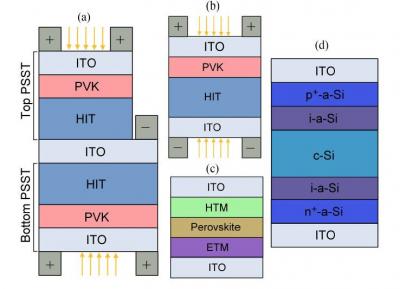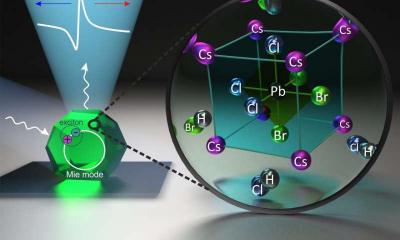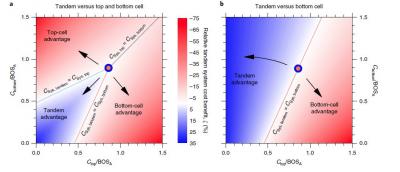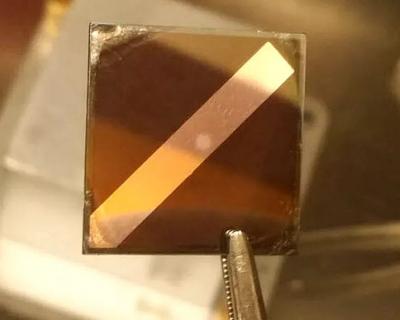Oxford PV receives a €2.8 million grant to prepare perovskite-silicon solar cell production for high volume manufacture
 Oxford Photovoltaics (PV) has been awarded a â¬2.8 million grant from the German Ministry of Economic Affairs and Energy to prepare perovskite-silicon solar cells for high-volume manufacturing. The technology consortium is by headed by Oxford PV and includes specialist PV equipment manufacturer VON ARDENNE and three German institutes, Fraunhofer Institute for Solar Energy Systems, Helmholtz-Zentrum Berlin (HZB) and the Technical University of Berlin.
Oxford Photovoltaics (PV) has been awarded a â¬2.8 million grant from the German Ministry of Economic Affairs and Energy to prepare perovskite-silicon solar cells for high-volume manufacturing. The technology consortium is by headed by Oxford PV and includes specialist PV equipment manufacturer VON ARDENNE and three German institutes, Fraunhofer Institute for Solar Energy Systems, Helmholtz-Zentrum Berlin (HZB) and the Technical University of Berlin.
The newly funded project focuses on the optimization of the perovskite-silicon tandem solar cell architecture, to make further efficiency improvements on industrial 156 mm x 156 mm wafer formats. Importantly, this will include the refinement of industrial scale process technology as well as life-cycle analysis on the social-environmental impact of such cells.





